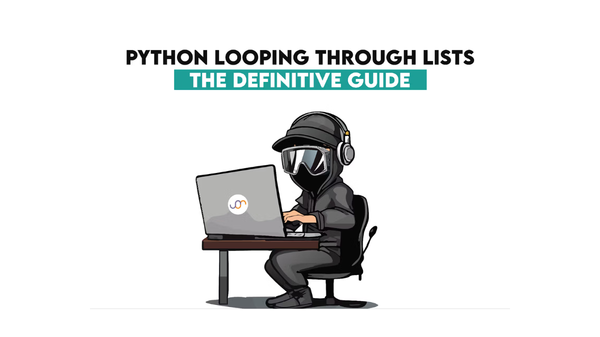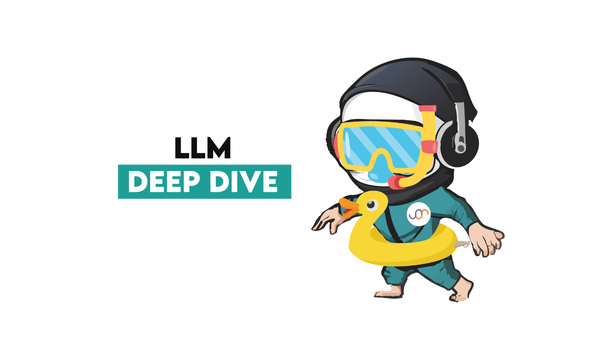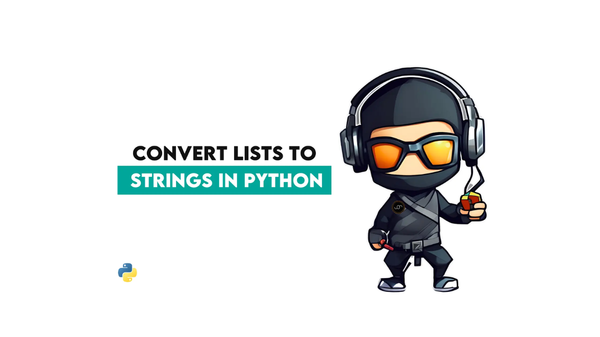Essential Python Libraries for Full-Stack Data Scientists

 Written by:
Written by:Nathan Rosidi
What Python libraries do you need to know as a beginner full-stack data scientist? Here’s the list you can use to impress your new employer from day one.
Once you get your first data science job, your first goal should be not to look foolish around your colleagues. It’s not that easy; they’re experienced, and you haven’t done any projects at work - ever.
Sure, you know that most companies will use Python to complete their projects; yours, too. But that’s too general information to help you. The real question is, which Python libraries do they use? Or, more precisely, which libraries will you use when working on a project and trying to complete it from start to finish?
Let's take a look at some Python libraries and map them to specific stages in a project.

Data Collection Libraries
Every data project starts with data collection. You, for sure, won’t be working with some generic data from Kaggle at your job. You’ll either use data from the company’s database or scrape data on your own.
SQLAlchemy
If you want to connect to a database at your company, you use several SQL connectors, such as SQL Alchemy.
It is an efficient way to handle database operations using Python. It will allow you to connect to the database and grab data into your Python notebook.
Now, if you want to steal data from other sources, you can use one of these three popular web scraping libraries.
Scrapy
Scrapy is a web crawling framework for Python, ideal for large-scale data extraction. Its unique feature is the ability to handle asynchronous requests efficiently, making it faster for large-scale scraping tasks.
BeautifulSoup
BeautifulSoup is used for parsing HTML and XML documents. It's simple and more user-friendly than Scrapy, making it ideal for beginners or simpler scraping tasks. Its unique feature is flexibility in parsing poorly formatted HTML.
Selenium
Selenium is used primarily to automate web browsers. It’s perfect for scraping data from websites that require interaction, such as filling out a form or pressing a bunch of buttons.
Data Exploration Libraries
The next stage in the data science project is data exploration. As you can imagine, you’ll have to work with a huge amount of data. Ideally, you won't be going through it manually. Otherwise, what’s the point of you being a data scientist? Let's look at some libraries that can help you in this stage.
NumPy
Everyone knows NumPy, and you should, too! The reason? It’s the most important data science library for Python, and many other libraries are built on top of it. Its unique feature is the ability to perform efficient array computations.
pandas
Another library that everyone knows is pandas. It offers easy-to-use data structures, like DataFrames. It also offers a lot of different tools to help you explore and manipulate data in the DataFrames. This is a library you need to know to use well.
SciPy
SciPy is used for scientific and technical computing. It is more focused on advanced computations, offering additional functionalities like optimization, integration, and interpolation. Its unique feature is an extensive collection of sub-modules for different scientific computing tasks.
Data Manipulation Libraries
You’re now at the crucial stage of your data project! There's no good data project without quality data; remember the GIGO principle – garbage in, garbage out. This stage is where you make sure your data isn’t garbage, and the following libraries can help you with that.
pandas
Yes, it’s pandas again! We already mentioned that it has DataFrames, which you can use to explore data. But it also has many built-in functions that can turn hundreds of code lines into just two. Pandas is the de facto library to use as a data scientist, and everyone learns off of it.
Polars
There’s a new competitor – Polars. It's a relatively new library similar to pandas but much faster. Polars can work with all the database flavors, cloud storage formats, text formats, etc. Its unique feature is that it's super, super fast.
Honorable Mentions: PySpark, Spark SQL, BigQuery, Scala, PyTorch
Commercial libraries like PySpark and Spark SQL are really good at handling a ton of data that companies typically have.
There are many other tools you could use, depending on your company's infrastructure. These are:
There’s really no need to use these libraries on personal projects. They are also not necessarily used in every company. So, if I were you, I would wait until I get a job and then learn them on the go, if needed.
Data Visualization Libraries
When you reach this stage, you’re quite close to finishing your project. You need to create a few charts and graphs to tell the whole story about your data.
These are the best Python libraries for that.
Matplotlib
With Matplotlib, you can create a wide range of visualizations, e.g., static, interactive, or even animated ones. It's probably the most customizable data visualization library available; you can control pretty much any element of the plot.
seaborn
Seaborn is built on top of Matplotlib. That’s good because it’s much prettier than Matplotlib, so it’s excellent for fancy-looking visualizations. One of its remarkable features is that it's fully integrated with pandas DataFrames.
plotly
Plotly is the most interactive library of the bunch. You can use it to create dashboards, integrate your code with plotly, and see your graphs on the plotly website.
Streamlit
The last library in this section is Streamlit. This library allows you to create custom web apps for data science and machine learning projects. It's easy to use and allows the creation of interactive dashboards with minimal coding. The library also integrates nicely with other Python libraries, such as pandas, NumPy, and Matplotlib.
Model Building Libraries
All of the hard work you did on processing your data is done, and now you are ready to use that data to build a model.
These three libraries will make this very easy.
Scikit-learn
Scikit-learn is the most famous Python library for ML. It offers simple yet efficient functions to build your model in just a couple of seconds. Of course, you can ignore that and develop many of these functions by yourself. That is if you want to write 100 lines of code instead of just using one to pull in the function. Why would you do that? I don’t know. But each to their own. It has the most comprehensive collection of algorithms in a single package.
TensorFlow
Created by Google, TensorFlow is better suited for high-level models such as deep learning. It offers a high-level function for building large-scale neural networks compared to scikit-learn.
Keras
Keras offers a high-level neural network API and can run on top of TensorFlow. Compared to it, Keras focuses more on enabling fast experimentation with deep neural networks.
Model Deployment Libraries
You’re now in the last stage of your data project. The stage in which your model goes into production.
You want to share your model with the world and let it savor your genius. Yes, you can do that, but only if your model becomes more than just a script. To draw anybody's attention to your work, you should turn your model into a web app or an API so others can see how good of a job you did.
Here are libraries and frameworks for doing this.
Django
The most famous framework, Django, will allow you to take your model – basically, your script – and turn it into a web application or an API you can deploy on the web. It has a lot of built-in features, like an admin panel. This framework is considered more complex than other libraries and frameworks out there.
Flask
Flask, a microframework, is one of the simpler frameworks. If you're trying to just develop an API, this is a great lightweight framework to learn.
FastAPI
Lastly, we have FastAPI – a speedy and easy-to-use framework. It’s very popular for deploying models into production. FastAPI’s unique features include the automatic generation of documentation and built-in validation using Python type hints.
Conclusion
Yes, being a full-stack data scientist means doing a project end-to-end. Your employer will ask this of you. It’s not easy, but it can be done with the help of many Python libraries.
If you show up on your first day of work knowing the basics of at least one library for each stage of a data science project, you’ll impress your colleagues immediately. Not bad for a noob!
Share


